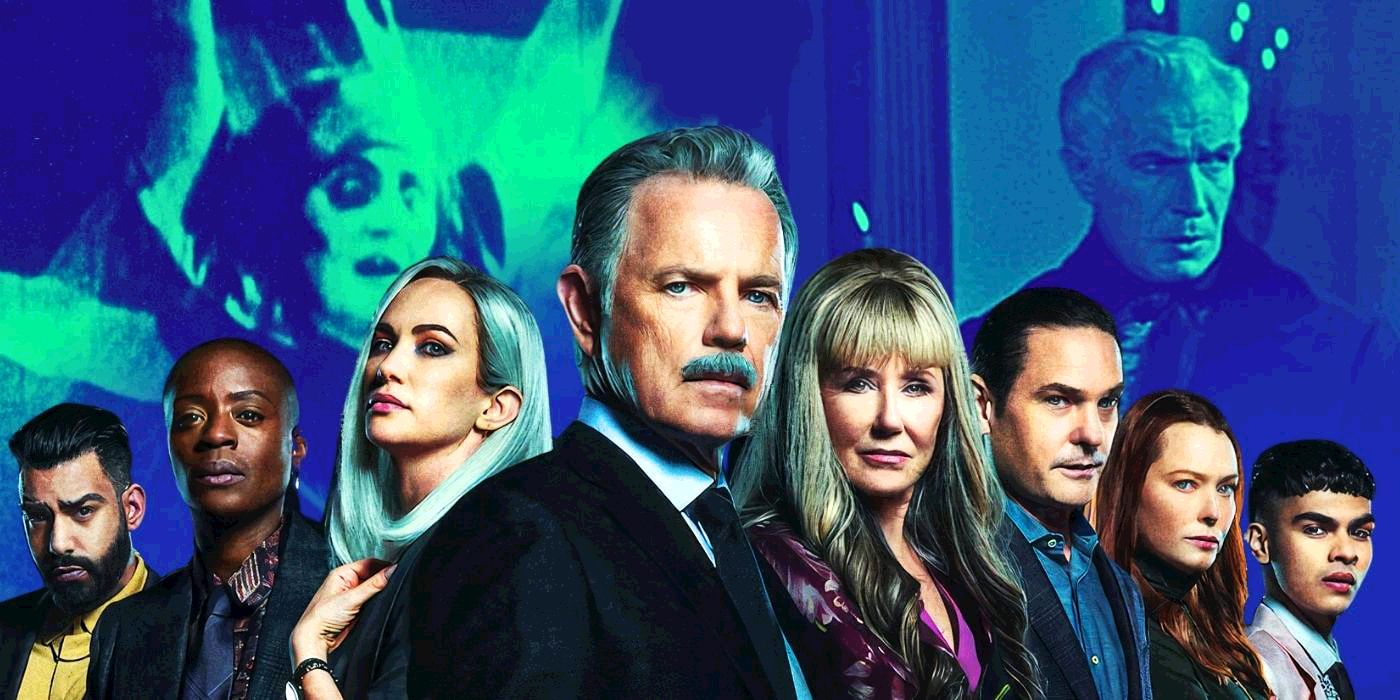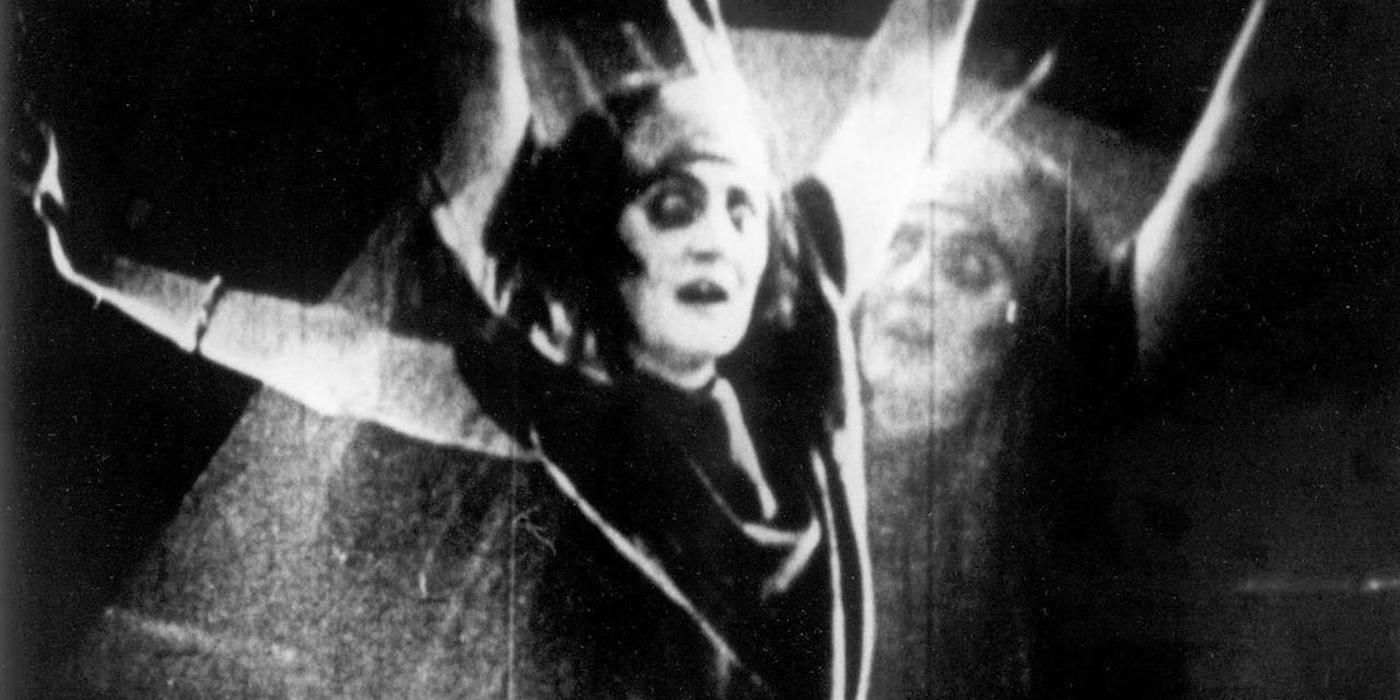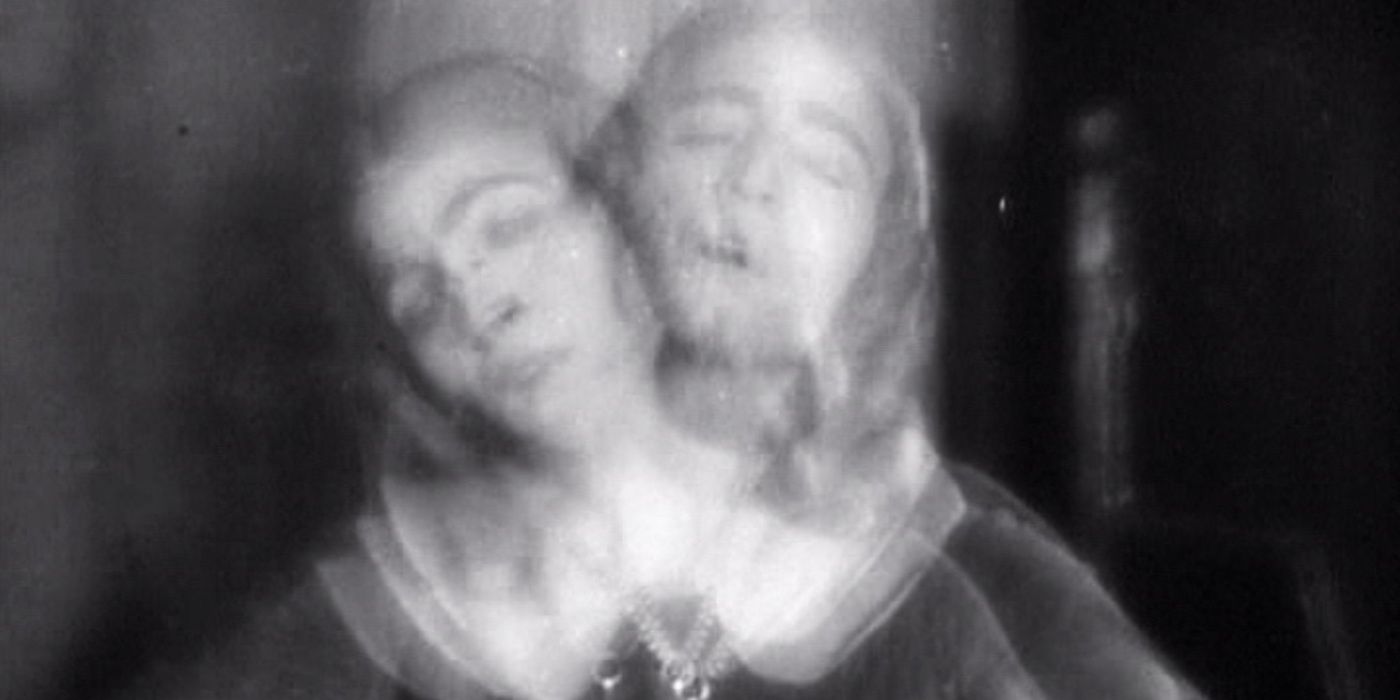The Big Picture
- Edgar Allan Poe’s enduring power is demonstrated by the success of The Fall of the House of Usher on Netflix, showcasing the malleability of his stories in different adaptations.
- The 1928 French silent film version of The Fall of the House of Usher departs from the original source material, focusing more on aesthetics and mood, creating a visually stunning and haunting experience.
- The film’s innovative visual effects, such as creating the illusion of the painting’s subject coming to life, foreshadowed techniques that would be used in later horror movies, cementing its place as a groundbreaking work in the genre.
Edgar Allan Poe still holds power over modern audiences to this day, and the success of The Fall of the House of Usher on Netflix is further proof of this. The name-brand recognition of Mike Flanagan is certainly a plus, as he’s one of the best horror auteurs in the game, but that can only get you so far. Poe’s legacy as one of the original masters of the macabre has been so set in stone that all different levels of film production have flocked to his material for inspiration. Considering that the Netflix show is loosely adapting the story, it speaks to how malleable the tale of the downfall of a powerful family can be, especially when compared to the Roger Corman version, 1960’s House of Usher. While the Flanagan version went for sophisticated chills connected to family trauma, the Corman version went for spooky thrills and Vincent Price camp, to glorious effect. But, respectfully, both versions pale in comparison to a much more obscure version that I think deserves more attention. For this, we’re going all the way back to 1928, with the French silent film The Fall of the House of Usher.
This version is a noted departure from how the original source material goes. Well, if you can even say the original story has a full-blown “plot” — it’s really more of a general story idea. While the original novella is about a narrator bearing witness to the crumbling mansion of a (probably incestuous) brother and sister who are the last descendants of an allegedly cursed family, the 1928 film is about a man being invited to the mansion of a man and his wife, with the man being the final descendent of a cursed family. His name is Roderick (Jean Debucourt), his wife is named Madeline (Marguerite Gance), and the Usher family curse dictates that the men will forever be doomed to be obsessed with painting portraits of their wives. Roderick harbors a deep fear that Madeline will die, and seems to believe that painting portraits of his wife will keep her alive. He also worries that he will one day bury her alive by accident.
1928’s ‘The Fall of the House of Usher’ Is All About Style
While the plot itself is well and good, director Jean Epstein had priorities that lay more in the realm of aesthetics and mood, considering that he blazed through the story in just over an hour. He latched onto the idea of “a curse is overwhelmingly eating away at everything in a house” and ran with it. Even the obligatory opening scene, where Roderick’s friend shows up at a local tavern asking for directions, feels like a scene straight out of the Hammer horror classics of the 1960s. All the patrons, filmed in sickly close-ups, warn him not to go to that dreaded house, and the driver of his carriage won’t go any nearer, forcing him to walk the rest of the way on foot. Before we’ve even seen or set foot in the house, we already have a mounting dread for the place, which will only get worse once we arrive.
When we finally get to see the house, it’s impressive, to say the least. The master shot of the main floor makes it feel somehow wider on the inside than it is on the outside, like a spooky Tardis. Any furniture it has is sparsely littered throughout the vast floor, and Roderick paints his wife right by the door, while she seems to always be in a trance. The hallways appear as though they’re the size of a football field, and even though the weather outside seems perfectly chill, all the curtains are constantly blowing like there’s a hurricane going on outside. It makes you wonder if Bonnie Tyler ever saw this film. While nowhere near as overtly grotesque or icky as the stereotypical haunted house, the architecture gives it the feel of a once noble house grown decrepit and forlorn, neglected by its master in favor of his obsession.
The 1928 Silent Film Pulls the Audience Into Its Warped Sense of Reality
Most of the actual plot is taken up by Roderick’s fixation on painting Madeline, subjecting her to poses while she wastes away from an unnamed disease. This is where the film pulls one of its daring visual tricks. Whenever you see the portrait of Madeline, it has an odd look to it, and not just because he always has her portrait surrounded by lit candles. It feels as if you are not looking at a painting of Madeline, but instead Madeline herself inside the portrait frame, like the actress is sitting just right within the frame to create an optical illusion. This would seem plausible enough given shots where it’s a straight-on, full-body view of the painting; however, consider a shot or two where you see the painting from skewed angles, or from only half up, and it still feels like it’s Marguerite Gance in frame. It’s a miraculous visual effect and it’s awe-inspiring when one considers that this predated the days of computer-assisted special effects by decades. An effect like this adds to the sense that you’ve entered a world where the rules of reality are altered by the powerful curse driving Roderick and Madeline mad.
Or take a sequence where Roderick tries to entertain his guest and a local doctor who has come to check on Madeline. Roderick keeps looking at the covered-up painting, guilty that he isn’t still working on it. The guests insist he’s being feverish and should relax, and Roderick tries to. But the more he tries, the more the house seems to throw a tantrum. Invasive screeching music starts to play, everybody gets convulsive and sweaty, books fall off of shelves, and the curtains move at a slower flutter, suggesting a ghost cruising beneath the sheets. This won’t stop until Roderick picks up a guitar and starts to play, soothing his soul by indulging in his artistic side. The house wants what it wants, and it won’t stop until it gets it.
1928’s ‘The Fall of the House of Usher’ Can Be Felt in Later Horror Movies
At a certain point, the inevitable happens, and Madeline dies. Roderick voluntarily lets her be put in a coffin to be buried but insists on not nailing it down, just in case. As they carry her coffin to an outdoor plot, the candles of her portrait are overlaid across the screen via a double exposure, signifying how her presence permeates every piece of the land. Once interred, Roderick is an anxious wreck, and every little sound upsets him, which gets magnified with extreme close-ups of every source of noise and music that sounds like it’s being picked apart by the talons of a rat, scurrying up and down the notes. He eventually caves and must check on the tomb, only to find that Madeline has indeed come back to life. She never died, but merely passed out, and she fulfills the prophecy of the curse, at which point the house burns down. Roderick and Madeline survive, still entwined in their demented love for each other, but to what end, now that they no longer have the home lording over them?
What stands out most vividly about the film, as an experience, is how ahead of the curve it is in terms of visual language. Jean Epstein is using techniques to immerse us in the horror of the curse that would go on to be used in films for decades to come. The house’s interior design recalls the castle of Dracula, the raw footage of the outdoor woods and scraggly trees is similar to The Blair Witch Project. There are roving low-angle camera moves that Sam Raimi would use, and the delicate coexistence of the mundane grime of the house with the fantastical warping of the curse evokes the Jean Cocteau version of Beauty and the Beast. For one film, Jean Epstein saw the future of horror and channeled it into a phantasmagoria that would make Edgar Allan Poe proud. Then again, Poe didn’t know what movies were, so he’d probably be scared all the same.
Denial of responsibility! TechCodex is an automatic aggregator of the all world’s media. In each content, the hyperlink to the primary source is specified. All trademarks belong to their rightful owners, and all materials to their authors. For any complaint, please reach us at – [email protected]. We will take necessary action within 24 hours.
Khushi Patel is a science fiction author who lives in Austin, Texas. She has published three novels, and her work has been praised for its originality and imagination. Khushi is a graduate of Rice University, and she has worked as a software engineer. She is a member of the Science Fiction Writers of America, and her books have been nominated for several awards.




